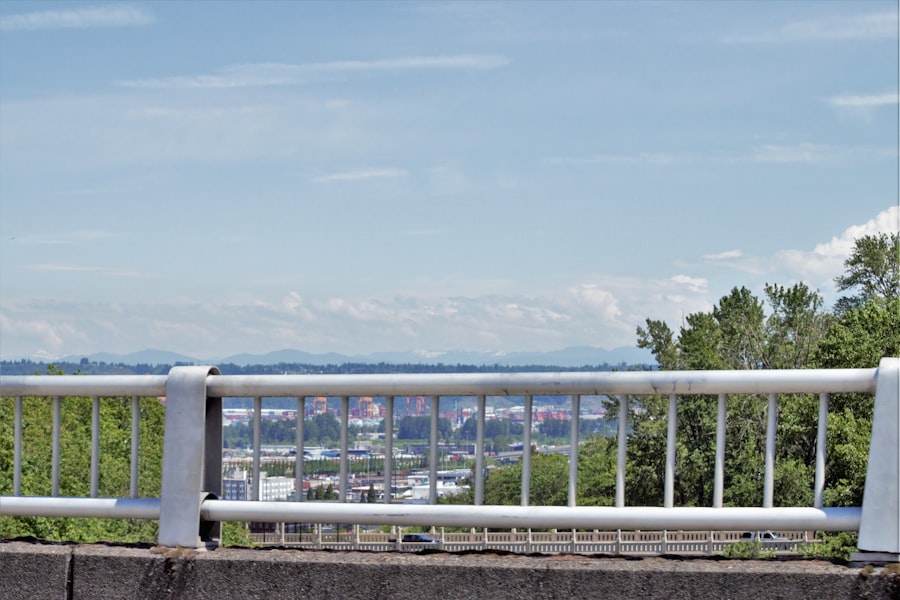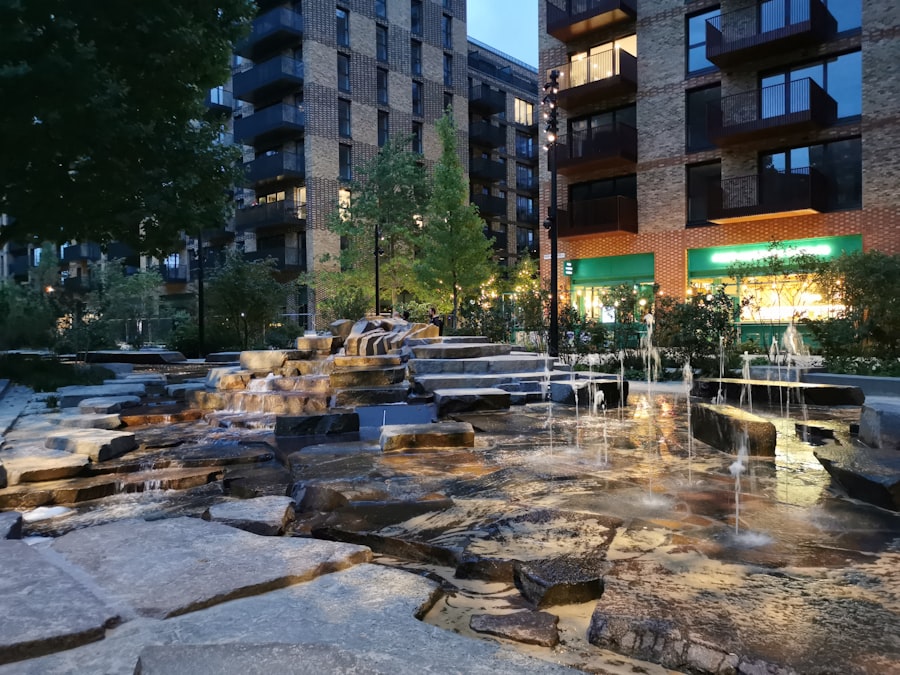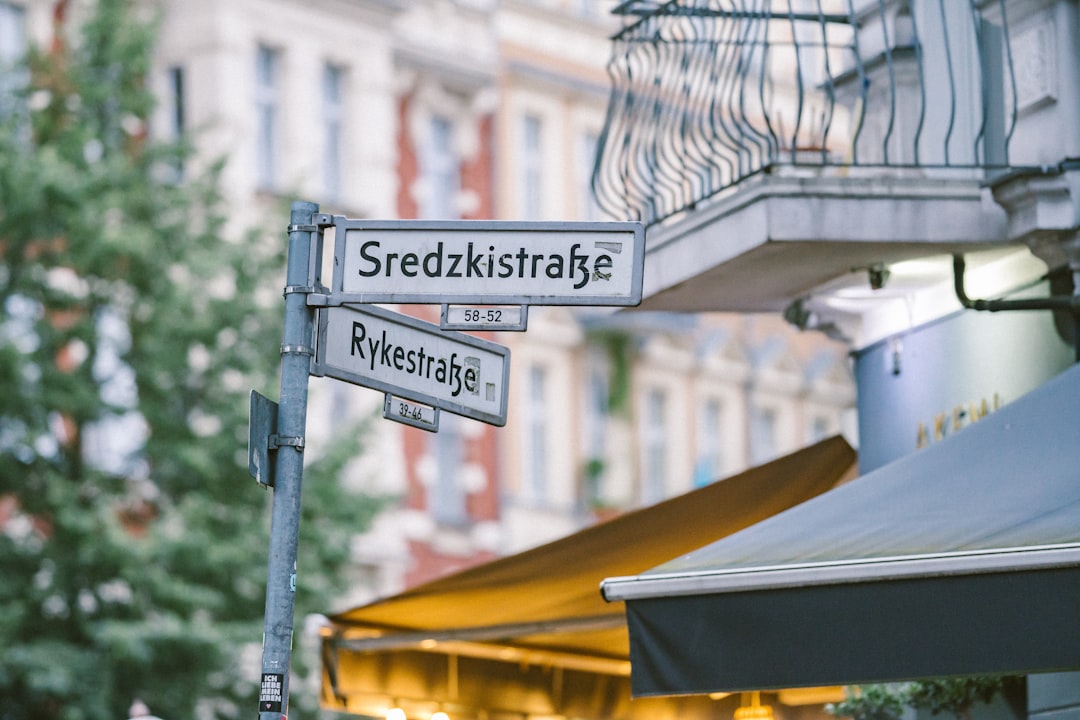The phenomenon of gentrification in Brooklyn has deep historical roots, tracing back to the late 20th century when the borough began to attract a wave of artists, young professionals, and families seeking more affordable living options compared to Manhattan. Initially, neighborhoods such as Williamsburg and DUMBO were seen as underdeveloped areas with a rich cultural history but lacking in modern amenities. The influx of creative individuals sparked a transformation, as abandoned warehouses and factories were repurposed into lofts and studios.
This early stage of gentrification was characterized by a sense of community and artistic expression, which drew even more residents to the area. As the years progressed, the process of gentrification accelerated, particularly in the 2000s. The introduction of new businesses, restaurants, and cultural venues began to reshape the landscape of Brooklyn.
The arrival of the L train, which connected Williamsburg to Manhattan, further fueled this transformation by making the area more accessible to commuters. However, this rapid change also led to rising property values and rents, pushing out many long-time residents who could no longer afford to live in their neighborhoods. The history of gentrification in Brooklyn is thus marked by a complex interplay between revitalization and displacement, creating a narrative that continues to evolve.
Key Takeaways
- Brooklyn gentrification has a long history dating back to the 1960s, with waves of urban renewal and displacement of low-income residents.
- Gentrification has had a significant impact on local communities, leading to increased property values, displacement of longtime residents, and changes in neighborhood culture.
- Real estate development has played a major role in driving gentrification, with developers targeting low-income neighborhoods for investment and redevelopment.
- The demographics of Brooklyn have shifted as a result of gentrification, with an influx of wealthier, predominantly white residents displacing lower-income, minority communities.
- Small businesses in Brooklyn have been affected by gentrification, facing rising rents and competition from larger, more upscale establishments.
The Impact on Local Communities
The impact of gentrification on local communities in Brooklyn has been profound and multifaceted. On one hand, the influx of new residents has brought economic investment and revitalization to neighborhoods that had previously suffered from neglect. New businesses have opened, parks have been renovated, and public services have improved, contributing to a more vibrant urban environment.
This transformation has often led to an increase in property values, which can be seen as a positive development for homeowners looking to sell or refinance their properties. On the other hand, the consequences of gentrification have not been uniformly beneficial. Longtime residents often find themselves facing rising rents and property taxes that threaten their ability to remain in their homes.
The cultural fabric of these communities can also shift dramatically as new residents bring different lifestyles and preferences. This can lead to tensions between newcomers and established residents, as the latter may feel that their history and identity are being erased in favor of a more homogenized urban experience. The impact of gentrification is thus a double-edged sword, offering both opportunities for growth and challenges for community cohesion.
The Role of Real Estate Development

Real estate development plays a crucial role in the gentrification process in Brooklyn. Developers are often drawn to neighborhoods with potential for growth, where they can purchase properties at relatively low prices and transform them into high-end residential units or commercial spaces. This trend has been particularly evident in areas like Bushwick and Crown Heights, where developers have capitalized on the artistic reputation of these neighborhoods to market new developments as trendy and desirable.
However, this aggressive development often comes at a cost. As new luxury buildings rise alongside older homes, the character of neighborhoods can change dramatically. Longtime residents may find themselves squeezed out by rising rents and property taxes, while new developments cater primarily to wealthier individuals.
Additionally, the focus on high-end real estate can lead to a lack of affordable housing options for those who have lived in these communities for generations. The role of real estate development in Brooklyn’s gentrification is thus a critical factor that shapes both the physical landscape and the social dynamics of the borough.
The Changing Demographics of Brooklyn
| Year | Population | Median Age | Median Household Income |
|---|---|---|---|
| 2000 | 2,465,326 | 33.8 | 32,135 |
| 2010 | 2,504,700 | 34.9 | 42,752 |
| 2020 | 2,736,074 | 36.2 | 56,015 |
The demographics of Brooklyn have undergone significant changes over the past few decades, largely driven by gentrification. Once characterized by a diverse population that included many working-class families and immigrants, neighborhoods like Park Slope and Fort Greene have seen an influx of younger, predominantly white professionals seeking urban living experiences. This demographic shift has altered not only the population makeup but also the cultural landscape of these areas.
As new residents move in, they often bring different expectations regarding amenities, services, and community engagement. This can lead to a clash of cultures, as longtime residents may feel alienated by the changes occurring around them. The changing demographics also raise questions about representation and equity within local governance and community organizations.
As neighborhoods become more homogenous in terms of income and ethnicity, the voices of long-standing community members may be marginalized in discussions about development and policy decisions.
The Effects on Small Businesses
Small businesses in Brooklyn have been significantly affected by the wave of gentrification sweeping through the borough. On one hand, new residents often bring increased foot traffic and disposable income, which can benefit local shops, cafes, and restaurants. Many small business owners have found opportunities to cater to a wealthier clientele eager for unique dining experiences or artisanal products.
This has led to a flourishing of new establishments that reflect contemporary tastes and trends. Conversely, the rising costs associated with gentrification can pose serious challenges for small businesses that have been part of the community for years. As rents increase, many long-standing shops struggle to keep up with expenses or are forced to relocate or close altogether.
This loss can erode the unique character of neighborhoods that once thrived on diversity and local flavor. The effects on small businesses illustrate the complex dynamics at play in gentrifying areas—while some may thrive under new economic conditions, others face existential threats that could lead to their disappearance.
The Rise of Luxury Condos and Apartments

The rise of luxury condos and apartments has become a defining feature of Brooklyn’s gentrification narrative. Developers have increasingly focused on creating high-end residential units that cater to affluent buyers seeking modern amenities and prime locations. This trend has transformed once-affordable neighborhoods into enclaves of luxury living, complete with rooftop pools, fitness centers, and concierge services.
While these developments may enhance the skyline and provide upscale living options for some, they also contribute to a growing divide within the borough. The construction of luxury housing often leads to increased property values in surrounding areas, making it difficult for lower-income residents to remain in their homes. Furthermore, these developments frequently prioritize profit over community needs, resulting in a lack of affordable housing options for those who have lived in Brooklyn for generations.
The rise of luxury condos serves as both a symbol of progress and a catalyst for displacement, highlighting the complexities inherent in the gentrification process.
The Debate over Affordable Housing
The debate over affordable housing has become increasingly urgent amid Brooklyn’s ongoing gentrification. As property values soar and rents climb higher, advocates argue that there is an urgent need for policies that prioritize affordable housing development. Many community organizations are pushing for measures such as rent control, inclusionary zoning, and increased funding for public housing initiatives to ensure that long-time residents are not pushed out by rising costs.
Opponents of these measures often argue that such policies could stifle development and deter investment in neighborhoods that need revitalization. They contend that creating a balance between affordable housing and market-rate developments is essential for fostering sustainable growth.
As Brooklyn continues to evolve, finding solutions to this dilemma will be critical for maintaining its diverse character.
The Cultural Shift in Brooklyn Neighborhoods
Gentrification has led to significant cultural shifts within Brooklyn neighborhoods, altering not only who lives there but also how communities express their identities. As new residents move in with different cultural backgrounds and preferences, local art scenes, music venues, and community events often adapt or change entirely. This cultural evolution can be seen as both an enrichment of the local landscape and a potential erasure of longstanding traditions.
For many longtime residents, these changes can feel disorienting or even threatening. Neighborhoods that once celebrated their unique histories may find themselves homogenized under the influence of new trends driven by wealthier newcomers. This cultural shift raises important questions about authenticity and representation—who gets to define what a neighborhood is or should be?
As Brooklyn grapples with these issues, it becomes clear that gentrification is not just an economic phenomenon but also a deeply cultural one.
The Challenges of Gentrification for Longtime Residents
Longtime residents face numerous challenges as gentrification reshapes their neighborhoods in Brooklyn. Rising rents and property taxes can create financial strain for families who have lived in these areas for generations. Many find themselves caught between nostalgia for their homes and the harsh realities of an evolving urban landscape that no longer accommodates their needs.
Moreover, social networks built over decades can be disrupted as neighbors are forced to relocate due to economic pressures. This loss can lead to feelings of isolation and disconnection from community resources that once provided support and stability. Longtime residents often find themselves advocating for their rights amidst a rapidly changing environment where their voices may be drowned out by newer populations demanding different priorities.
The challenges posed by gentrification highlight the need for inclusive policies that consider the needs of all community members.
The Role of City Planning and Government Policies
City planning and government policies play a pivotal role in shaping the trajectory of gentrification in Brooklyn. Local governments have significant influence over zoning laws, development incentives, and funding allocations that can either promote or mitigate gentrification’s effects. In recent years, there has been increasing pressure on city officials to prioritize affordable housing initiatives while balancing the interests of developers seeking profit.
However, navigating this complex landscape is fraught with challenges. Policymakers must contend with competing interests from various stakeholders—developers eager to capitalize on market demand versus community advocates fighting for equitable access to housing and resources. Effective city planning requires a nuanced understanding of local dynamics and a commitment to fostering inclusive growth that benefits all residents rather than just a select few.
The Future of Brooklyn Gentrification
The future of gentrification in Brooklyn remains uncertain as various factors continue to shape its evolution. Economic trends such as rising interest rates or shifts in remote work patterns could influence demand for housing in different neighborhoods. Additionally, ongoing advocacy efforts aimed at preserving affordable housing may lead to changes in policy that could alter the course of gentrification.
As Brooklyn grapples with its identity amid these changes, it faces an opportunity to redefine what urban living means in an increasingly diverse society. By prioritizing inclusivity and equity within development practices, city planners can work towards creating spaces where all residents feel valued and supported—regardless of their socioeconomic status or background. Ultimately, the future will depend on how effectively stakeholders collaborate to address the challenges posed by gentrification while honoring the rich history that makes Brooklyn unique.
Brooklyn’s gentrification has been a topic of intense discussion, as the transformation of neighborhoods brings both opportunities and challenges. An insightful article that delves into the broader implications of urban development can be found on MyGeoQuest. This piece explores how gentrification affects local communities, housing markets, and cultural landscapes. For a deeper understanding of these dynamics, you can read the full article by visiting MyGeoQuest. This resource provides valuable perspectives on the ongoing changes in urban environments like Brooklyn.
WATCH THIS! The Real Cost of NYC Living: Your Wallet, Sanity, and Subway Survival Skills
FAQs
What is gentrification?
Gentrification is the process of urban renewal and the influx of wealthier residents into a previously low-income neighborhood, often resulting in the displacement of long-time residents and changes to the neighborhood’s character.
What are the causes of gentrification in Brooklyn?
Gentrification in Brooklyn is driven by factors such as rising property values, increased demand for housing in desirable neighborhoods, and the development of new amenities and infrastructure.
How has gentrification impacted Brooklyn?
Gentrification has led to the displacement of long-time residents, rising rents, changes in the cultural and social fabric of neighborhoods, and increased economic inequality.
What are some of the gentrified neighborhoods in Brooklyn?
Neighborhoods in Brooklyn that have experienced gentrification include Williamsburg, Bushwick, Greenpoint, and Bedford-Stuyvesant.
What are some of the challenges associated with gentrification in Brooklyn?
Challenges associated with gentrification in Brooklyn include the loss of affordable housing, the displacement of long-time residents, and the erosion of the neighborhood’s cultural identity.
What are some potential solutions to address gentrification in Brooklyn?
Potential solutions to address gentrification in Brooklyn include the implementation of affordable housing policies, community land trusts, and efforts to preserve the cultural heritage of neighborhoods.
